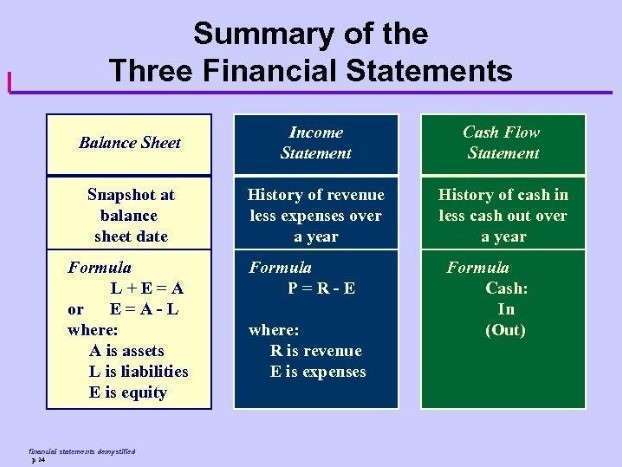Cash conversion cycle Wikipedia
10/09/2021 16:32
The cash cycle is an important working capital metric for all companies that buy and manage inventory. It’s an indicator of operational efficiency, liquidity risk, and overall financial health. That said, it should not be looked at in isolation, but in conjunction with other financial metrics such as return on equity. It is also important to note that the cash cycle is not a significant consideration for companies that don’t hold physical inventory. The CCC builds on the operating cycle by factoring in Days Payable How to Invoice as a Freelancer Outstanding (DPO), the time a company takes to pay its suppliers. By subtracting DPO from the operating cycle, CCC measures the net time cash is tied up in the business.
Faith-Hope-Charity
Finally, Days Payable Outstanding (DPO) tracks how long a company takes to pay suppliers. A higher DPO allows businesses to retain cash longer, but excessive delays may harm supplier relationships or result in penalties. A higher, or quicker, inventory turnover decreases the cash conversion cycle. Thus, a better inventory turnover is a positive for the CCC and a company’s overall efficiency.

Shorten Your Cash Conversion Cycle with Smarter Cash Application
- Therefore, it takes this company approximately 15 days to collect a typical invoice.
- He exercises his kingship by drawing all men to himself through his death and Resurrection.
- This is a good benchmark, but the definition of a “good” cash conversion cycle is going to vary significantly by industry.
- Effortlessly optimizing the cash conversion cycle (CCC) ensures a smooth flow of funds and finely tuned working capital for organizations.
- It represents the length of time, in days, between when a company pays for raw materials or inventory and when it receives cash from selling the final products.
- If he were to calculate CCC quarterly, he would use the number of days in the quarter as the multiplier.
- Forecast your cash inflows from sales and your required cash outflows by month.
Improving cash conversion cycles mostly involves tweaking the working capital metrics underlying them, including DIO, DSO, and DPO. Benchmarking a firm’s CCC against its peers or industry competition is a better indicator of its financial health. This is because some industries, such as supermarkets, may lack receivables, while others may function without inventories, like service providers, resulting in vastly different cash cycles. A lower (shorter) cash conversion cycle is considered to be better because it indicates that a business is running more efficiently.

Reshoring vs Nearshoring: Key Differences and Business Benefits
The biggest challenge most businesses often face, especially in these dynamic economic conditions, are related to cash flow. Cash conversion cycle (CCC) is a key metric that organizations need to pay attention to cash conversion cycle if they aim to improve their company’s financial health and cash flow. By managing the CCC effectively, companies can optimize their working capital and improve their overall financial performance. A cash conversion cycle lets businesses calculate the time taken to sell their inventory, convert their investments into earnings, and pay their outstanding dues using the cash received. Though the result obtained depicts the time taken to convert investments into earnings, it speaks about the efficiency of the business.
Monitor accounts receivable
To lower Days Sales Outstanding (DSO), businesses should focus on quicker invoice processing and collection. This component calculates the average amount of money owed to a company by its customers. Essentially, it tracks the duration from the outlay of cash to manufacture products to the collection of sales from customers. A well-managed CCC is indicative of a company’s operational efficiency and financial resilience.

- Accounts receivable and inventory are current asset balances, while accounts payable is a current liability account.
- Bank reconciliation is the process of verifying the completeness of a transaction through matching a company’s balance sheet to their bank statement.
- Days Sales Outstanding calculates the average number of days it takes for a business to collect payment after it makes sales.
- A company can improve its credit rating by improving its financial position.
- A cash conversion cycle lets businesses calculate the time taken to sell their inventory, convert their investments into earnings, and pay their outstanding dues using the cash received.
A shorter CCC suggests ABC Ltd. efficiently turns investments into cash, indicating good operational health. In contrast, a longer CCC may point to operational inefficiencies, affecting liquidity and financial stability. Explore the essentials of the https://mieuxcomprendre.ca/how-to-become-a-certified-bookkeeper-certification/ cash conversion cycle (CCC), its key components, and strategies to optimize business financial health and efficiency.










